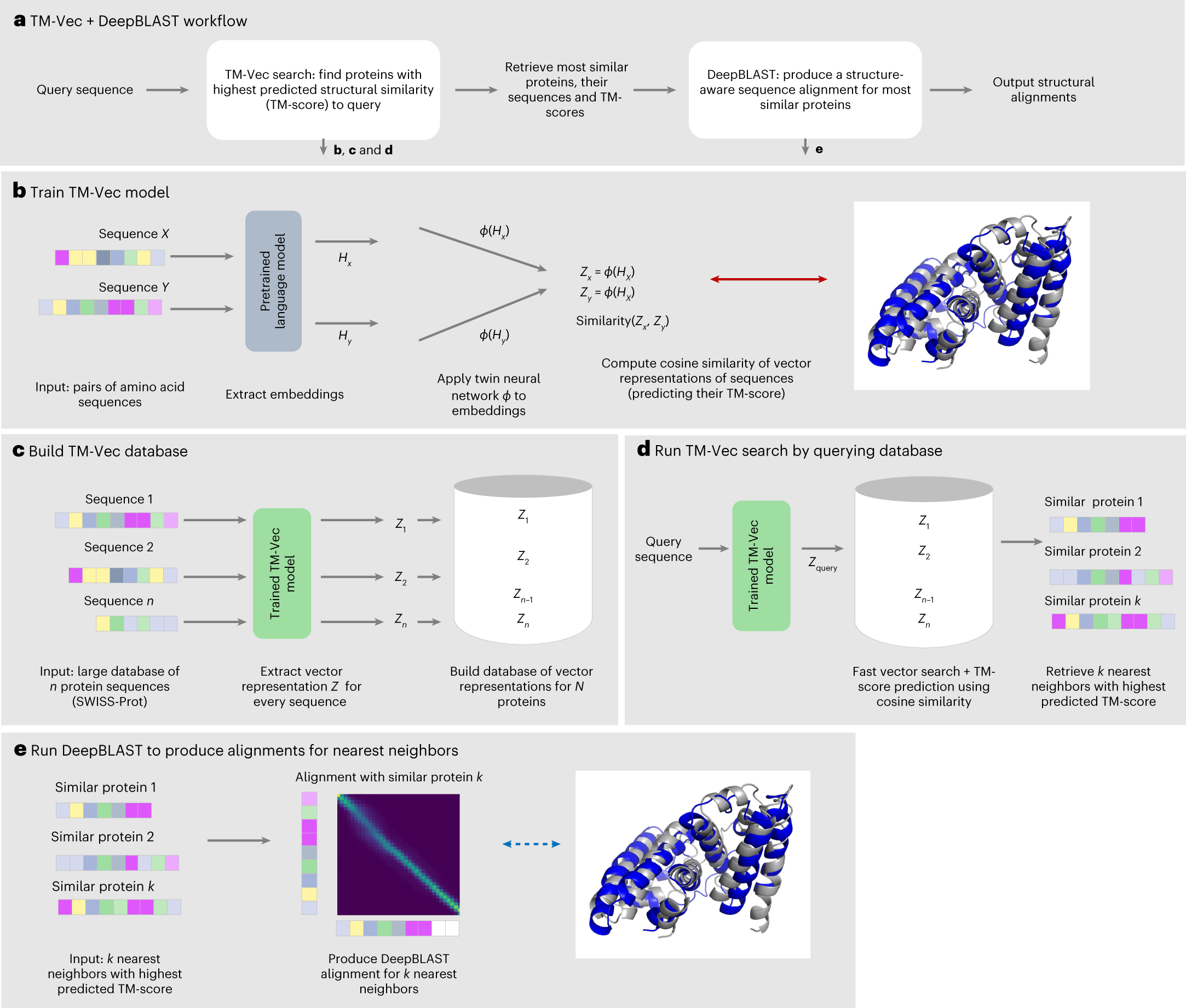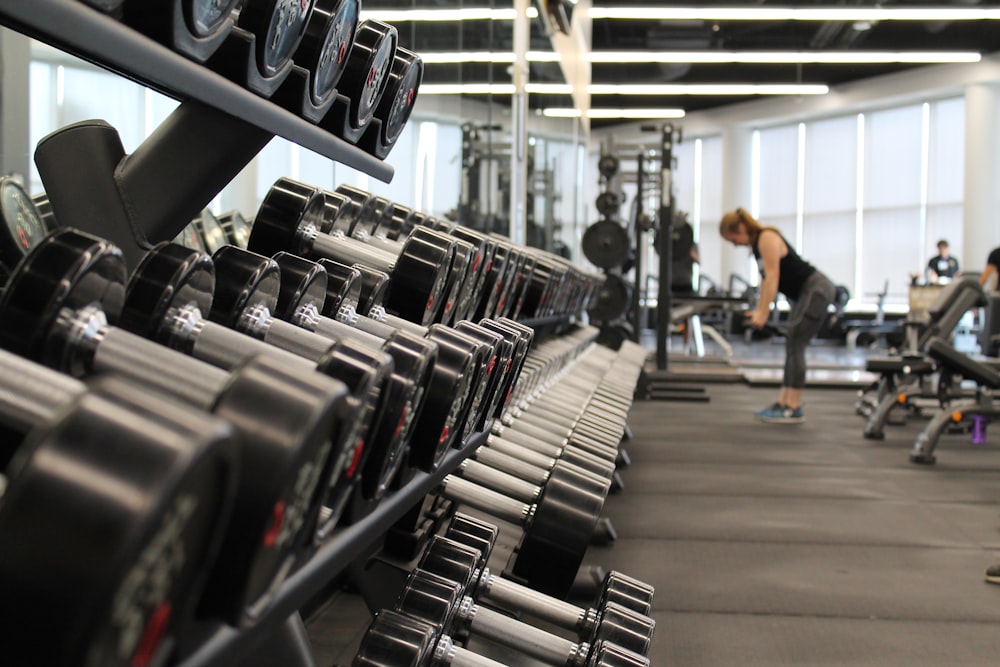
Unlocking Wellness: Exploring Structural Alignment Techniques
Maintaining optimal wellness involves addressing not just symptoms but the root causes of discomfort. Structural alignment techniques offer a holistic approach to enhance your overall well-being.
Understanding Structural Alignment
Structural alignment is about achieving balance and harmony within the body’s musculoskeletal system. It focuses on the relationship between bones, muscles, and joints, aiming to ensure they function cohesively. Proper structural alignment is vital for reducing pain, improving flexibility, and preventing long-term issues.
Chiropractic Care for Structural Alignment
Chiropractic care is a well-known modality for structural alignment. Chiropractors use manual adjustments to correct misalignments in the spine and other joints. This technique promotes optimal nervous system function, aiding the body in self-healing. Regular chiropractic sessions can address issues ranging from back pain to headaches.
The Role of Physical Therapy
Physical therapy employs exercises and stretches to improve structural alignment. Therapists work with individuals to enhance strength, flexibility, and mobility, targeting specific areas of concern. Customized physical therapy plans can be instrumental in recovering from injuries, surgeries, or chronic conditions.
Yoga and Mind-Body Connection
Yoga is not just a physical exercise; it’s a practice that emphasizes the mind-body connection. Through intentional movement, breathwork, and mindfulness, yoga contributes to improved structural alignment. Regular practice can alleviate tension, enhance flexibility, and promote a sense of overall well-being.
Posture Awareness and Ergonomics
Simple adjustments to daily habits, such as maintaining good posture and optimizing ergonomics, can significantly impact structural alignment. Being mindful of how you sit, stand, and move throughout the day helps prevent strain on muscles and joints, fostering a healthier musculoskeletal system.
Massage Therapy for Muscular Balance
Massage therapy addresses muscular imbalances that can affect structural alignment. By targeting specific muscle groups, massage therapists help release tension, reduce pain, and restore balance. Incorporating regular massage into your wellness routine can complement other structural alignment techniques.
Holistic Approaches: Pilates and Feldenkrais
Pilates and the Feldenkrais Method are holistic approaches that focus on body awareness and movement patterns. Both techniques aim to reeducate the body, promoting better alignment and reducing strain. Integrating these practices into your fitness routine can contribute to long-term structural well-being.
Nutrition and Structural Support
Ensuring your body receives proper nutrition is essential for structural health. Nutrients like calcium, vitamin D, and magnesium play a role in bone and muscle health. A well-balanced diet supports the body’s ability to maintain structural alignment and resist the impact of aging.
Incorporating Structural Alignment Techniques into Daily Life
Making structural alignment a priority involves incorporating techniques into your daily life. Whether it’s through regular exercise, mindfulness practices, or ergonomic adjustments, consistency is key. Small, mindful changes add up, contributing to the overall harmony of your musculoskeletal system.
Exploring More on Structural Alignment Techniques
To delve deeper into the world of structural alignment techniques, visit Health-Sourcing.com. This comprehensive resource offers insights, expert advice, and additional tips to guide you on your journey to optimal wellness through structural alignment.
Conclusion
Structural alignment techniques empower individuals to take an active role in their well-being. From chiropractic care to yoga and beyond, these approaches address the root causes of discomfort, fostering a healthier, more balanced life. Embrace the journey towards optimal structural alignment and unlock the potential for lasting wellness.

:max_bytes(150000):strip_icc()/manualPTpic-7fab7a3fb16d416f8482a14adeba0c01.jpg)

